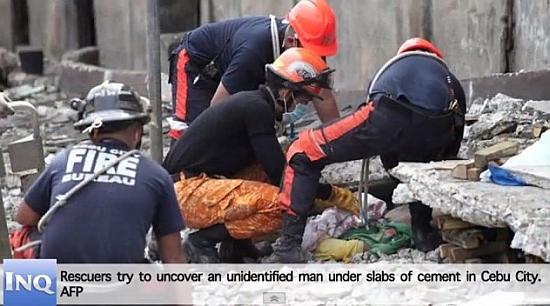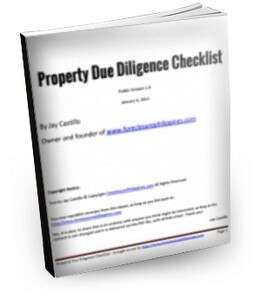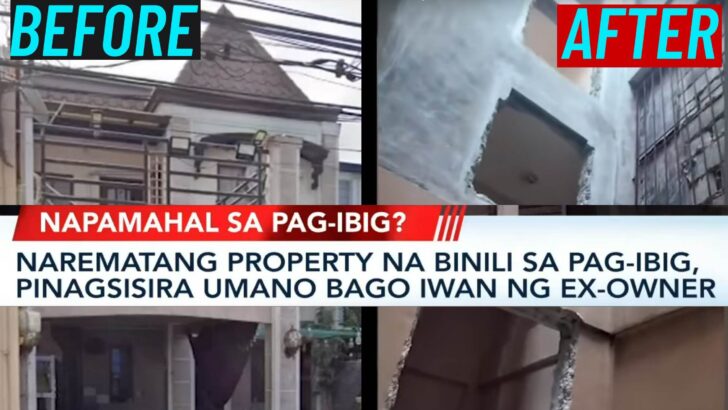Updated on April 6, 2014: The 8.2-magnitude earthquake that northern Chile last April 1, 2014 should remind us all about the importance of building earthquake-resistant homes. Experts say strict building codes in Chile saved lives. We should all learn from their experience…
The 7.2-magnitude earthquake which struck Bohol and Cebu last October 15, 2013 has taken many lives and damaged countless structures. It’s even stronger than the 6.3-magnitude earthquake that hit Christchurch, New Zealand in 2011 and the 7.0-magnitude earthquake that hit Haiti in 2010. Those who are far from the affected areas could only pray and donate. What else can we do to deal with or prevent earthquake-related disasters?
Choose areas which are less disaster-prone
Ideally, we should avoid areas that are disaster-prone, and we should be ready in case disaster strikes.
Related articles:
- Philippine earthquake fault maps, liquefaction maps, with earthquake preparedness guides
- Philippine geohazard maps for landslide and flood-prone areas, with landslide and flood-preparedness guides
Sometimes, even though we choose areas not in the fault maps, we can still be hit by an earthquake. Like in the case of the October 15, 2013 Bohol earthquake, it was recently found out that the cause of the October 15 earthquake was an entirely new, just-discovered fault. What’s interesting is that it’s called a “reverse fault” because the movement was vertical instead of lateral.
Check the structural integrity of buildings after an earthquake
In an article in inquirer.net, Ms. Tessa Salazar wrote about 7 ways to check structures after an earthquake as explained by Mr. Alexis A. Acacio, director at the University of the Philippines Institute of Civil Engineering, and structural engineer Mr. Rodolfo Cabael.
A short summary of the tips is as follows:
- Check the ground floor slabs and see if there are changes in relation to the existing ground level.
- Check if the building is a bit tilted.
- Seek assistance from experienced civil or structural engineers or safety evaluation personnel from the city or municipal engineers’ office, so that they can determine if the buildings are safe enough to be occupied.
- People can do a visual check from all sides of the building and look for cracks on the floors and walls, tilting, etc. It is prudent to wait for an inspector and not enter the building in the meantime.
- Leave condemned structures.
- Cooperate with safety inspectors.
- Follow the structural building code.
From a little googling, I learned that there is an Association of Structural Engineers of the Philippines and a National Structural Code of the Philippines. So, now we know who to contact if we want to have the structural integrity of a building to be checked, and also a standard of reference. Ideally, the inspection should be done before an earthquake, and of course, both before and after a building is constructed.
How to make earthquake-resistant structures with little or no additional cost
Earthquakes don’t kill people. Poorly built buildings do.” – Dr. Elizabeth Hausler, earthquake engineer
This statement from Dr. Elizabeth Hausler really struck me. Indeed, if a strong earthquake is happening but you are outdoors with no crashing buildings around you, the earthquake will not kill you. People die when structures fall on them. I can’t help but think of people that got hit by falling concrete slabs just like those from Cebu:

Anyway, Dr. Hausler made it her life’s mission to make earthquake-resistant homes cheap and available to poor, earthquake-prone countries. Philippine officials and engineers can learn a lot from her and make sure all our buildings and housing can better withstand earthquakes so that there will be far less casualties when the next “big one” hits (more on this below).

I am not an engineer so I just “ran through” the video above, but their methods are quite simple and doable. In fact, they were able to do their projects in Aceh and in Haiti, some of the places severely damaged by earthquakes.
Earthquake prediction
I believe that scientists have been working on earthquake prediction for years, but I don’t think they have been able to successfully predict the exact time and place of an earthquake.
There have been reports that sightings of a rare fish called an oarfish, which lives in the deepest part of the ocean, is a sign of an impending earthquake. It is the belief of some Japanese that the fish who live in the deep are the first to feel vibrations which foretell earthquakes. Personally, I think there may be some truth to this. I remember there was a time when a lot of jellyfish blocked the cooling system of a power plant and not long after, a 6.8-magnitude earthquake struck in Luzon.
The next “big one”?
Phivolcs has been warning of the potential disaster that may strike should the West Valley Fault move. In a new risk study, it was found that a simulated quake event would have a probable fatality count of 37,000 persons and around 1,100 hectares of floor area with collapsed structures.

For now, I think, all we can do is pray…
Oratio Imperata for Deliverance from Calamities
Almighty Father, we raise our hearts to You
in gratitude for the wonders of creation of which we are part,
for Your providence in sustaining us in our needs,
and for Your wisdom that guides the course of the universe.
We acknowledge our sins against You and the rest of creation.
We have not been good stewards of Nature.
We have confused Your command to subdue the earth.
The environment is made to suffer our wrongdoing,
and now we reap the harvest of our abuse and indifference.
Typhoons, heavy rains and floods occur in increasing number and intensity.
We turn to You, our loving Father, and beg forgiveness for our sins.
We ask that we, our loved ones and our hard earned possessions
be spared from the threat of calamities, natural and man-made.
We beseech You to inspire us all to grow
into responsible stewards of Your creation,
and generous neighbors to those in need.
Amen.
What WE can do…
Well, aside from just praying, I hope everyone, including ALL of those in the real estate industry who design / build our buildings and housing here in the Philippines (think of both large and small real estate developers, architects, contractors, engineers, those who build on their own, and also those who renovate houses and buildings…) should always remember that whatever WE build should be earthquake-resistant.








Hi Cherry. Thanks for the article and even the prayer towards the end of the article. Can you tackle about liquefaction too?
Thanks
Pingback: Check Geohazard Maps For Flooding And Landslide-Prone Areas Before Investing in Real Estate
Pingback: Earthquakes, Faultlines, And Real Estate Investing